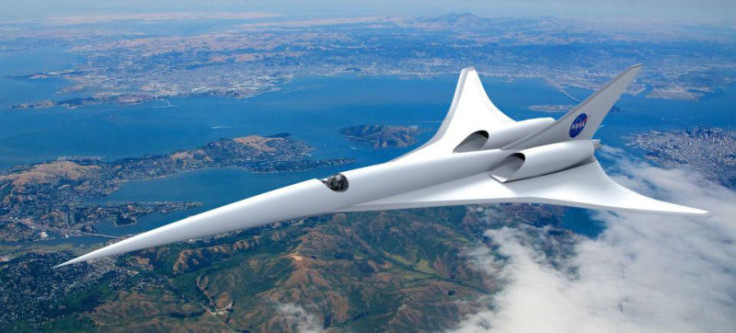London to New York in 2 hours? Hypersonic travel possibility gets a boost with new material discovery
A new ceramic coating, which has been discovered by researchers, could resist temperatures up to 3,000 °C.

Scientists at the University of Manchester and Central South University (CSU), China, have jointly discovered an innovative ceramic coating that might help hypersonic travel for air, space and defence purposes.
One of the biggest problems with the hypersonic travel, which is defined as moving at Mach five or above —five times faster than the speed of sound, is that the temperatures hitting the aircraft can reach anywhere from 2,000 to 3,000 °C.
The hot air or gas can remove a surface layer from the metallic material of the aircraft. Even the ultra-high temperature ceramics (UHTCs) materials have failed to handle the situation.
However, the new ceramic coating, which has been discovered by researchers, could resist temperatures up to 3,000 °C, compared to the standard UHTCs.
The scientists claim the carbide coating is 12 times better than the conventional UHTC. The team achieved the improved performance of the ceramic coating due to its structural make-up and features that include heat resistance and improved oxidation resistance.
The ceramic coating has been developed using a process called reactive melt infiltration (RMI), which reduces the time need to make such materials and has been reinforced with carbon-carbon composite. This process makes the coating stronger and resistant to the usual surface degradation.
Philip Withers, a professor from The University of Manchester said, "Future hypersonic aerospace vehicles offer the potential of a step jump in transit speeds. A hypersonic plane could fly from London to New York in just two hours and would revolutionise both commercial and commuter travel.
"But at present one of the biggest challenges is how to protect critical components such as leading edges, combustors and nose tips so that they survive the severe oxidation and extreme scouring of heat fluxes at such temperatures cause to excess during flight," said Withers.
Ping Xiao, who led the study at the University of Manchester, says the inclusion of such ceramics into carbon fibre-reinforced carbon matrix composites could improve thermal-shock resistance.
© Copyright IBTimes 2025. All rights reserved.





















